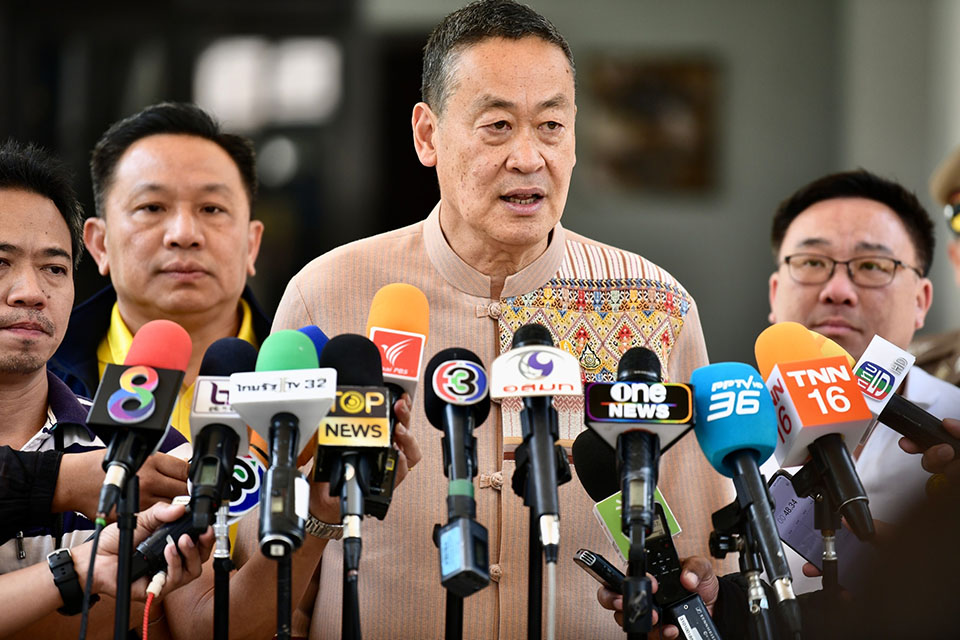
Prime Minister and Finance Minister Srettha Thavisin has clarified that one reason for not declaring Chiang Mai as a disaster area, despite the choking haze, is the concern over an impact on the tourism industry.
He communicated via X on Sunday, saying this decision came after considering feedback and suggestions from all relevant sectors, indicating that declaring an emergency would negatively impact the number of tourists when tourism has just started to recover from the COVID-19 pandemic.
Foreign tourists who have purchased insurance from their home countries would not be covered if they visit disaster areas or emergency zones, which will cause Chiang Mai to lose tourists for both short and long terms.
Although there’s no declaration of a disaster area to approve emergency funds of 50 million baht to address the problem, the government has allocated 272 million baht to the Department of National Parks, Wildlife, and Plant Conservation, under the Ministry of Natural Resources and Environment.
This budget was disbursed on March 16, directly reaching the hands of volunteers who are monitoring forest fires. This allocation marks the first time such funds have been distributed in this manner, aiming to hire locals to take care of their respective areas.
Meanwhile, the city skyline of Chiang Mai this morning remains shrouded in smoke from forest fires, obscuring the view of Doi Suthep for several days.
The PM2.5 level ranges from 87.9 to 92.2 micrograms per cubic meter (µg/m³) , reaching a hazardous level, adversely affecting public health.
Air quality monitoring data from Chiang Mai University reports hourly air quality in Baan Huato area, Chiang Dao district, at 7 a.m., with PM2.5 levels reaching 591 µg/m³, exceeding the standard by 15 times.
The standard is set not to exceed 37.5 µg/m³. Residents in the area are experiencing respiratory issues and are advised to stay indoors and wear protective masks.
During this morning, hotspots were identified in Chiang Mai’s 18 districts, totaling 112 spots, with Chiang Dao having the highest number at 20.
Authorities are still working to extinguish fires, with some areas being difficult to access due to steep terrain, requiring motorcycles for transportation.
According to Swiss air quality tracking website, IQAir, as of approximately 11a.m., Chiang Mai ranks as the 3rd worst air quality in the world, with an Air Quality Index (AQI) of 196 µg/m³.
Apart from Chiang Mai, other provinces in the northern region are also facing haze issues. According to Geo-Informatics and Space Technology Development Agency (GISDA)’s PM2.5 tracking system, at 11 a.m., the average PM2.5 levels in Chiang Rai province were 124 µg/m³, Phayao province 103.8 µg/m³, and Mae Hong Son province 124.2 µg/m³. (TNA)








